Great Reads in Photography: April 18, 2021
![]()
Every Sunday, we bring together a collection of easy-reading articles from analytical to how-to to photo-features in no particular order that did not make our regular daily coverage. Enjoy!
Photographer Sarah Wilson Honors Front-line Women Workers in Austin, Texas with ESSENTIALS, an Interactive Public Art Project – Austin Monthly
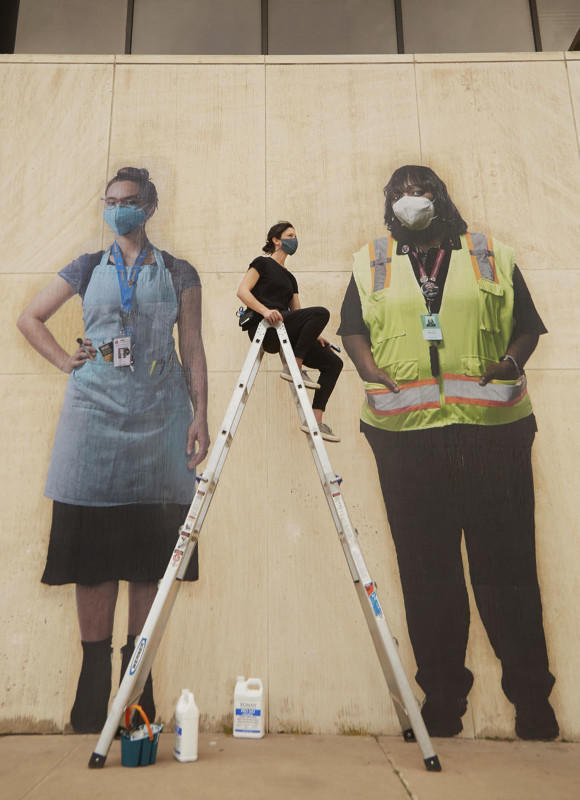
5-minute Sunday interview:
Phil Mistry: How did you think of this project?
Sarah Wilson: When the pandemic set in, I quarantined with my immediate family. I started to think about the women workers, many of whom were juggling responsibilities at home while facing this public health crisis due to their “essential” work. I felt an overwhelming need to recognize their courage and say thank you in the best way I knew how – through portraiture.
I photographed first responders, women in food service, a park ranger, a police officer working with people experiencing homelessness, and more. I submitted the ESSENTIALS portraits for a grant through the City of Austin, called ArtResponders: Artists Respond to COVID-19 and was accepted. We put out a call for entries, asking Austinites to nominate the essential women workers in their lives.
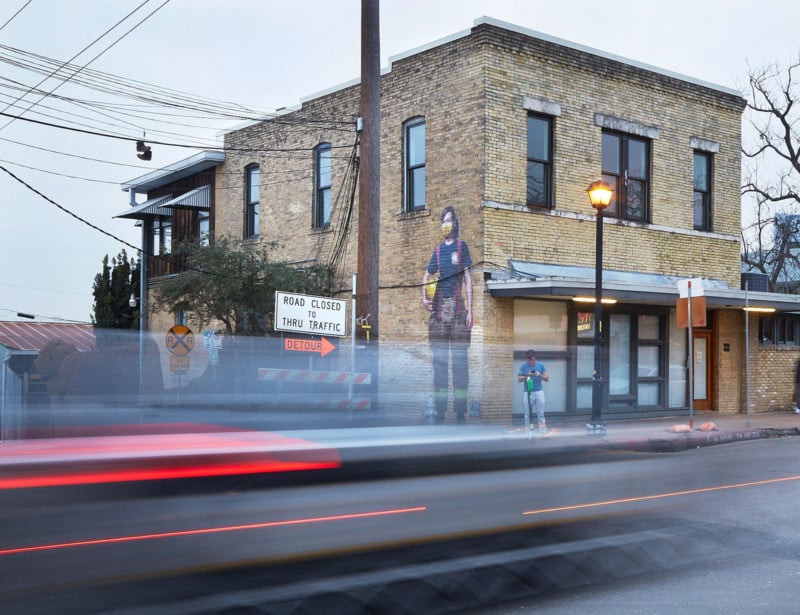
PM: Why wheat paste photos? Can the paste be cleaned with water?
Sarah Wilson: Wheat paste is an inexpensive glue made of water and flour but can be made with rice or potato starch. It’s been used for centuries in art, bookbinding, and decoupage. There are all kinds of recipes for the perfect wheat paste online, but I decided to take a shortcut – I bought premixed wallpaper paste to cut down on prep time. We are a couple of months in, and the installations are still looking great.
I have offered to provide a removal service. It’s basically a graffiti removal company that uses a warm-water power washer.
PM: Are they on paper or some other medium? What does one single photo, with the composite panels, cost?
SW: The portraits are printed on several 36 x 48″ panels of 20lb bond paper, a rather lightweight paper. Thinner paper works better because the glue really needs to absorb into the paper for the print to adhere to the wall. Each panel costs about $8, and depending on the size, there may be anywhere from 6 to 11 panels, plus signage. The printing is not that expensive, but the labor costs are.
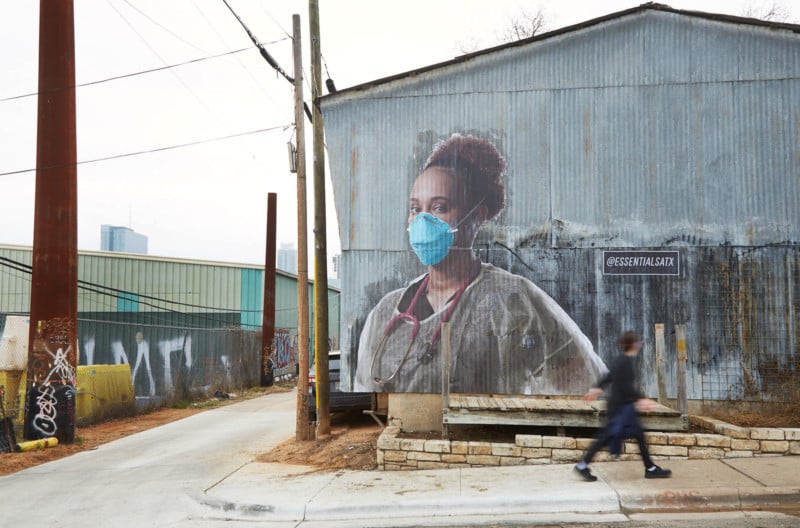
PM: How big were the files in pixels to enlarge them so huge?
SW: I shoot RAW on my Canon 5D Mark III, process them in Capture One, and don’t enlarge them when I output to TIFF. In Photoshop, I adjust the image size without resampling, so I end up with a 14ft tall [the tallest is 19ft] image at around 32 DPI. The weird thing is that the image still prints really well. At the distance you’re seeing them, your eyes don’t see pixels.
PM: Any other thoughts?
SW: I’m excited about the @essentialsatx Instagram site, where all of the nominations for ESSENTIALS are being posted, even those that weren’t ultimately selected to have their portrait made and posted on a building. Also, I am hoping to bring the ESSENTIALS project to other cities and small towns this year.
Why Do We Believe in Photographs? – The Nation
23rd January 1967: British photographer Leo Vala displays the photographic representation he has produced of the face of Christ. He used a unique process to develop the Turin Shroud’s imprint into a three-dimensional picture. (Photo by Douglas Miller/Keystone/Getty Images)
One of the theories behind the Shroud of Turin, which allegedly shows the face of Christ, is that it was created by Leonardo da Vinci and it is his own self-portrait. The traditional belief is that Christ imparted his image when he was wrapped in the cloth. However, radiocarbon dating has shown the piece of linen to be from the Middle Ages. There is no sign of paint or dye on the linen shroud cloth. So how was the image made?
The history of photography tells us that the first photograph was made by Nicéphore Niépce or Louis-Jacques-Mandé Daguerre. But in the above book Strauss says that if you believe that Da Vinci created the image on the shroud, then that is the first photographic image.
Do Blue-Chip Photographers Prop up Global Capitalism? – Aperture
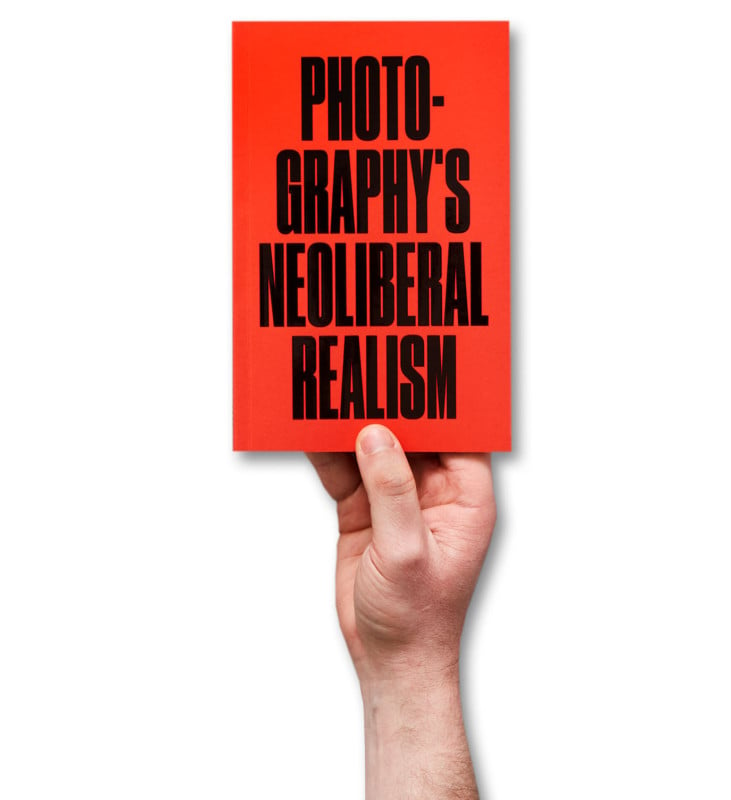
Jörg Colberg has been writing about photography and photobooks for the last two decades. Here he takes aim at three prominent photographers – Annie Leibovitz, Gregory Crewdson, and Andreas Gursky — for their “visual propaganda.”
This Vintage Photo of Prince Philip is Going Viral – Because he looks Exactly like Prince Harry – Glamour
The late Prince Phillip, who recently passed away was 36, in 1957. Prince Harry is 36 now. And both of them at 36 look the same!
Portraits from Iran Under Sanctions: ‘The Beautiful Dreams That Are Burnt’ — NPR
Iranian photojournalist Marjan Yazdi captures residents of Yazd, a province more than 300 miles southeast of Tehran. The photographs were made last year as most citizens face shortages of everyday items and work/business due to the international sanctions.
My Digicam Life – Columbia Spectator
View this post on Instagram
A staff photographer for Columbia University’s student newspaper, the Columbia Daily Spectator, finds creativity in the lo-fi world of an old 7 megapixel, digital point and shoot, 2006 Sony Cybershot DSC-T10, that she purchased second hand for $35.
She got her inspiration from Brooklyn-based photographer Bảo Ngô (@baohngo), who uses a similar camera to capture the dreamy grainy quality in many of her shoots.
June (Helmut) Newton, Australian Portrait Photographer, Dies at Age 97 – Vanity Fair
Australian-born portrait photographer June Newton and wife of fashion photographer Helmut Newton died at her house aged 97, reported the Associated Press.
She married photographer Helmut Newton, a Jewish refugee who had fled Berlin at 18 and had a studio in Melbourne, Australia, in 1948.
By the 1970s, they had settled in France for ten years, and Helmut had an assignment for Gitanes cigarettes but was too sick with the flu. June using the pseudonym Alice Springs (the name of an Australian town), filled in. That was the beginning of her career, where she went on to photograph models like Catherine Deneuve, Gianni Versace, and Karl Lagerfeld.
How Facial Recognition Kiosks are Redefining Tourist Photography – Kiosk Marketplace
All visitors to tourist attractions love to take souvenir photos back home. As they enter, they are encouraged to take a photo with the staff photographer. Then, in the old days, you sat down with a salesperson to select and print your photos on exiting.
Enter facial recognition and exit the salesperson and cashier. Now you go to the monitor, which will show you all your photos for purchase using facial recognition. The connected DNP printer produces a print almost instantly.
Sony World Photography Award Unveils the Year’s Best Photographers – CNN Style
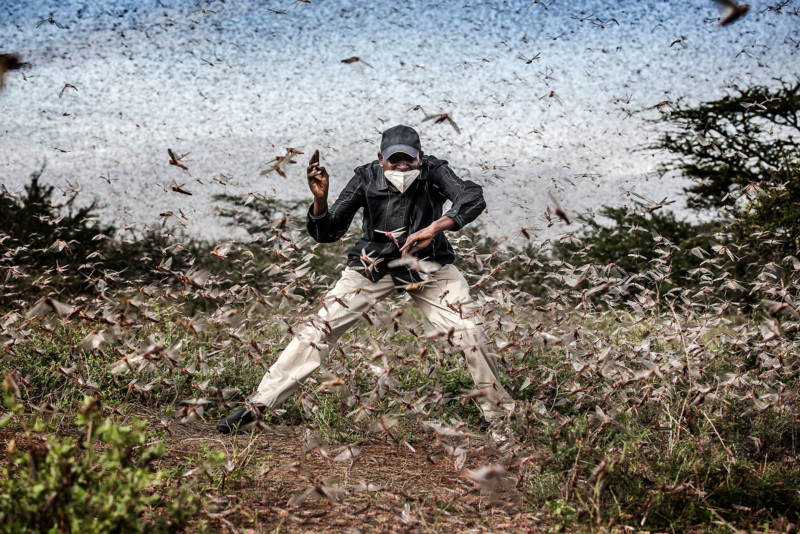
The annual Sony World Photography Awards 2021 has awarded its top two prizes to photographers who explored the portrayal of culture and history.
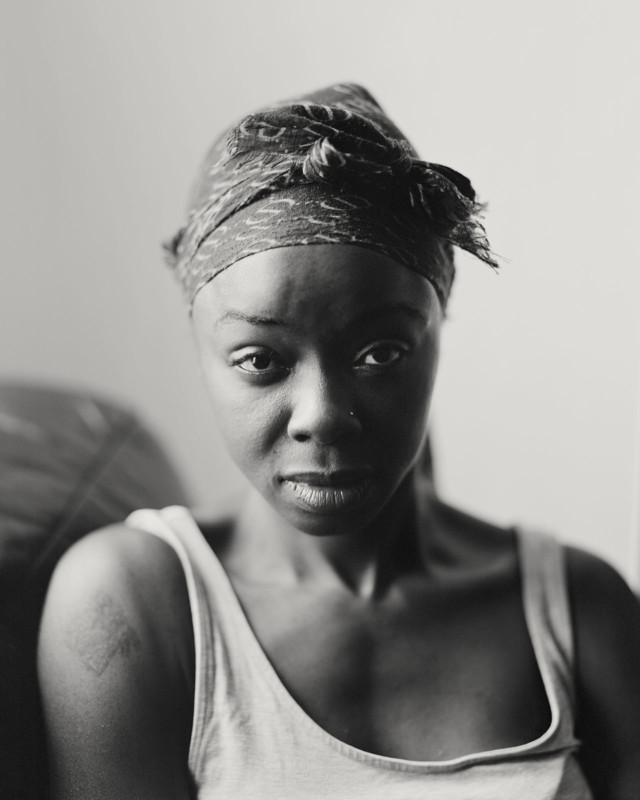
Photographer of the Year and the purse of $25,000 went to British documentary photographer Craig Easton (above) for his B&W images and text, which captured life in a small community in Blackburn, England. He shoots long-term documentary projects exploring issues around social policy, identity, and a sense of place.
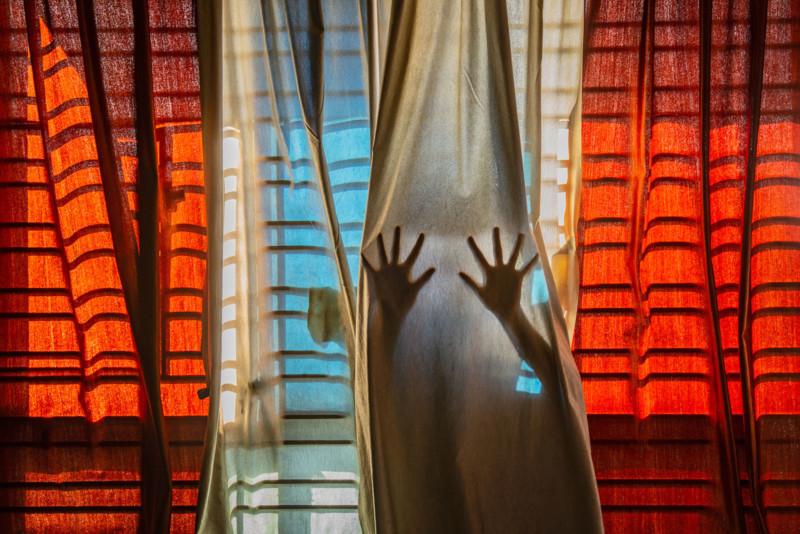
Youth Photographer of the Year went to 19 years old Pubarun Basu for his image No Escape from Reality (above). In the photograph, the shadows of railings projected onto curtains create the illusion of cage bars from behind which a pair of hands is seen as if trying to break through. The illusion of shadows and hands gestures convey a sense of entrapment shared by so many across the world this past year.
You can see the full details of all the awards here.
Lockdown Houseplant Trend Captured by London Photographer — BBC
View this post on Instagram
Akiko DuPont, a photographer whose regular assignments have been interrupted by the coronavirus pandemic, has taken to walking the streets of South London. She has started a documentary project on people’s burgeoning plant collections during the lockdown.
DuPont was initially motivated to check out her neighbor’s newly acquired plants in the form of home-grown vegetables and green living room changes.
“However, it turns out that it’s not just her,” DuPont tells the BBC as she shoots “plantraits” — portraits of the subject with several of their favorite plants. “So many people have become plant-obsessed during the lockdown. And it’s not just one or two plants, but crazy amounts.”
How to Photograph a (Possible) Alien Artifact – Scientific American

‘Oumuamua is the first known interstellar object detected passing through the Solar System in 2017. When it was first observed, it was about 21 million miles from Earth (about 85 times as far away as the Moon) and already heading away from the Sun.
We do not have a photo of this first interstellar object, ‘Oumuamua. It could have helped figure out whether ‘Oumuamua was a natural rock, or an artificial object manufactured by an extraterrestrial civilization.
A camera aperture with a diameter of four inches can resolve an ‘Oumuamua-like object with the size of a football field at a distance comparable to the diameter of the Earth.
“Having a camera in such proximity to an object passing at random within the plane bounded by the orbit of the Earth around the sun would require deploying a hundred million cameras across that region,” writes Avi Loeb, chair of Harvard’s Department of Astronomy in Scientific American.
A picture may be worth 1,000 words, but you will have to read 66,000 words in Prof. Loeb’s (who received his Ph.D at age 24) new book Extraterrestrial to understand the above statement fully.
Polaroid Street Portraits of Dawoud Bey – The Atlantic
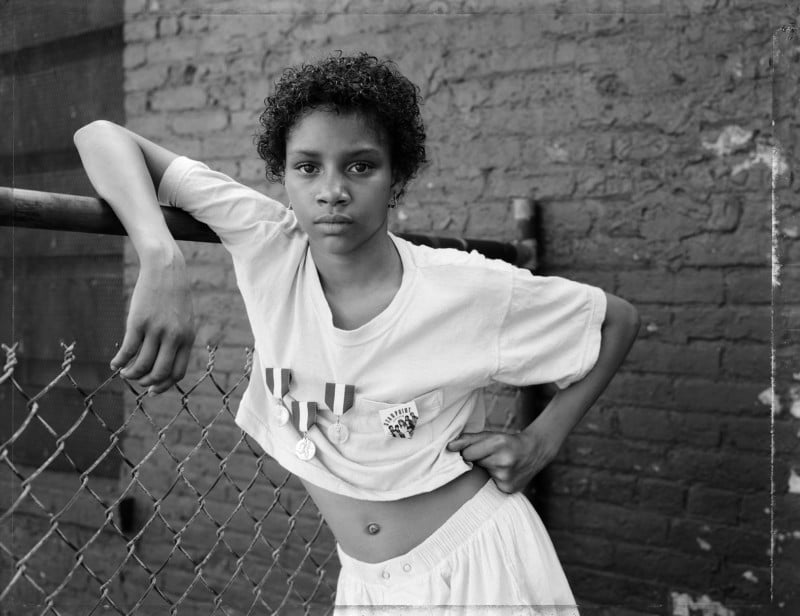
From 1988 to 1991, Dawoud Bey walked around the streets of New York City, Rochester, and Amityville in New York, as well as Washington, D.C., and other cities looking for portraits of African Americans.
Street photography is usually done with a small camera, often without the subject being aware that they are being photographed. Bey’s technique was the exact opposite. He carried a polaroid camera on a large tripod. The camera used a unique positive/negative Polaroid film that created both an instant print and a reusable negative.
Bey would give a B&W print to the subject and keep the negative for his own enlargements. This was indeed a collaboration (scroll to the end to see Quote of the Day) between the photographer and subject.
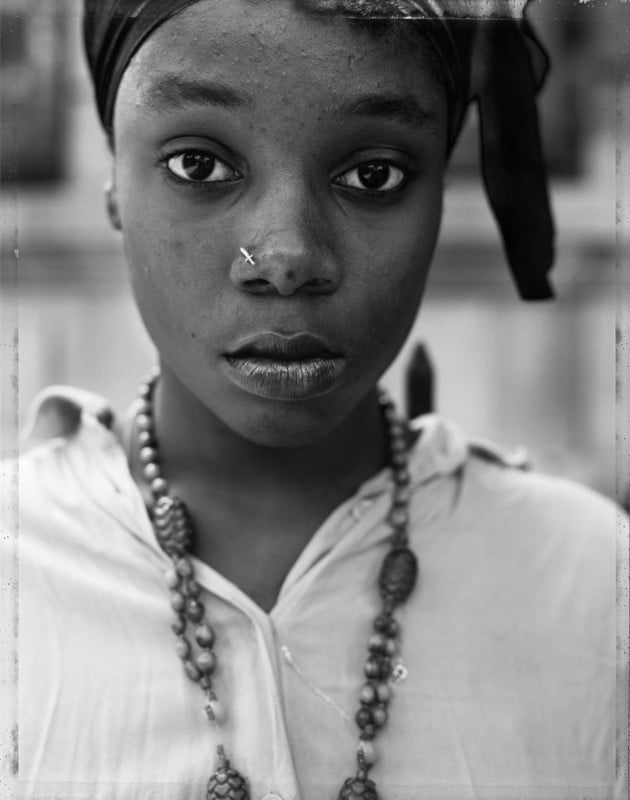
Defying racial stereotypes, the resulting portraits reveal the Black subjects in all of their psychologically rich complexity, presenting themselves openly and intimately to the camera, the viewer, and the world.
“I’ve also never wanted to be my own oldies show, settling into a comfortable groove,” he told The New York Times in 2018. “I used to be a drummer, and I’m very much influenced by those musicians like Miles Davis, John Coltrane, and Prince who continually pushed their music forward, reinventing themselves and their ideas rather than settling into a kind of comfortable, creative complacency.”
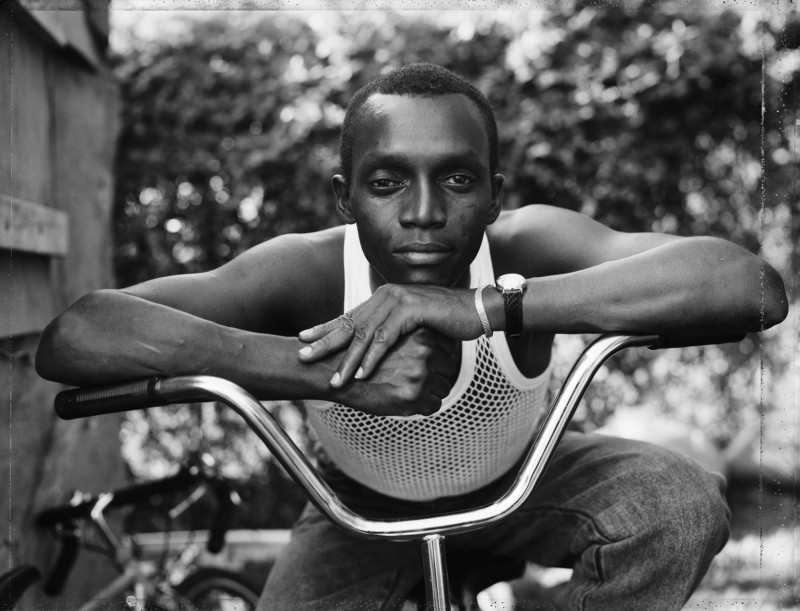
“They’re very American photographs,” Bey tells The Atlantic. “It’s about placing Black people within that larger American landscape, within the physical landscape, within the geographical landscape… The whole point is to amplify their presence in the world.”
The monograph Street Portraits, published in April by Mack, is a collection of 73 photographs from this series.
Photo of the Week
A woman carries her pet cat in a backpack as they wait to cross a street in Barcelona, Spain. More photos of the day: https://t.co/FtA5du5nZJ 📷 @NachoDoce12 pic.twitter.com/BAzDWypKGd
— Reuters Pictures (@reuterspictures) April 12, 2021
A woman carries her pet in Barcelona, Spain. We noticed that there are three holes for air on the lower side. A search on Amazon brings up many such backpacks, but we don’t have any further information (we know you will comment) unless she lets the cat out of the bag!
Why I Like This Photo – Dennis Murphy
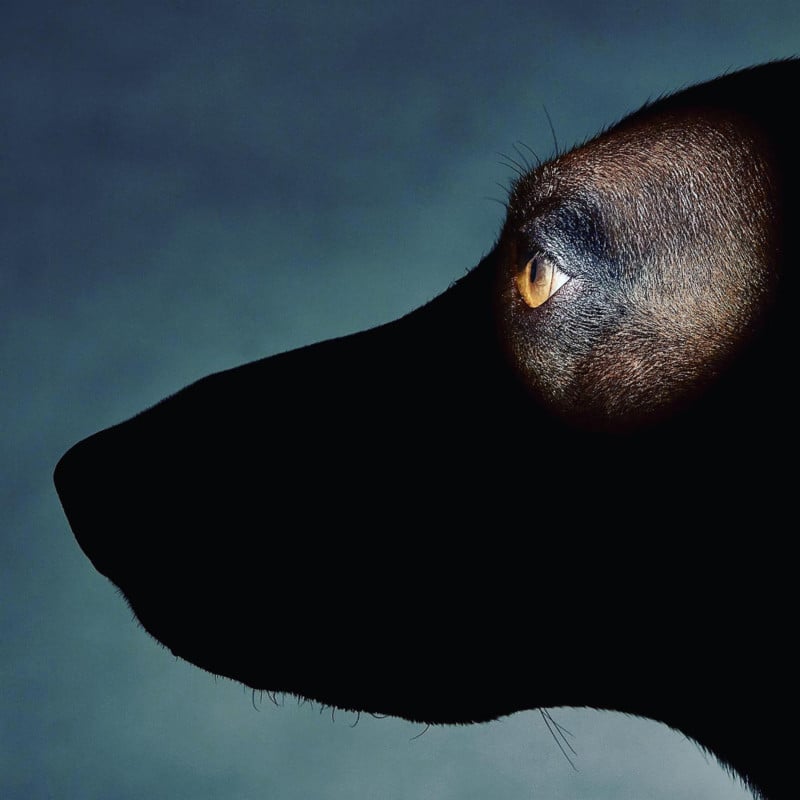
I like this photo because it captures the personality of my dog Zoey. It was shot during the early months of COVID when it seemed like no advertising assignments were being awarded.
I was shooting a few things for myself around the studio, and I’d recently bought a spot to attach to my Profoto heads. Zoey’s a good dog, always a little nervous, but she’s a great dog, and she listens well.
This was shot with a Canon 1DX with a Canon 70-200mm lens using my Profoto Acute 2400 packs. The background was lit with one pack and head, and the spot was another pack-head. I loosely mounted the spot head on a stand so my wife could be adjusting the aim as I saw it from the camera.
Probably only shot around ten frames. I always shoot tethered, so it was really easy to check focus and framing. I chose to shoot her profile because she has strong facial lines, and it matches her stoic personality. Since most of her head was going to be in shadow, I lit the background fairly evenly to accentuate the lines of her head and cooled it with a gel to contrast the warm tones of her fur and eye. With the spot mostly on just her eye, it puts the attention on her stare.
No matter what I’m shooting, I try to take a different approach and do something unique. Sometimes it works, sometimes not so much. If you’ve got a concept, shoot it. In the words of Walter Isaacson, “a vision without execution is a hallucination.”
It seems like now, more than ever, photography is evolving. Maybe it’s because of COVID, maybe it’s the technology, maybe it’s just time for a big change.
One thing’s for sure, either you change with photography or photography will change without you.
Dennis Murphy is an advertising photographer based in Dallas, TX, who has shot on four continents. “My greatest pride is that my photographs reside in the collections of both of my daughters.” He has been included in The CA Photo Annual seventeen times. He is currently included in Archive magazine’s 200 Best Photographers Worldwide and has been a Clio finalist for photography. Client list: Fiat Chrysler, Ducati, American Airlines, Nike, Gatorade, AT&T, Samsung, Schutt, Pepsi, Harrah’s Casino, BMW, Nikon, FedEx, DuPont, Miller-Coors, and Texas Tourism.
Quote of the Week (or a previous week): Dawoud Bey
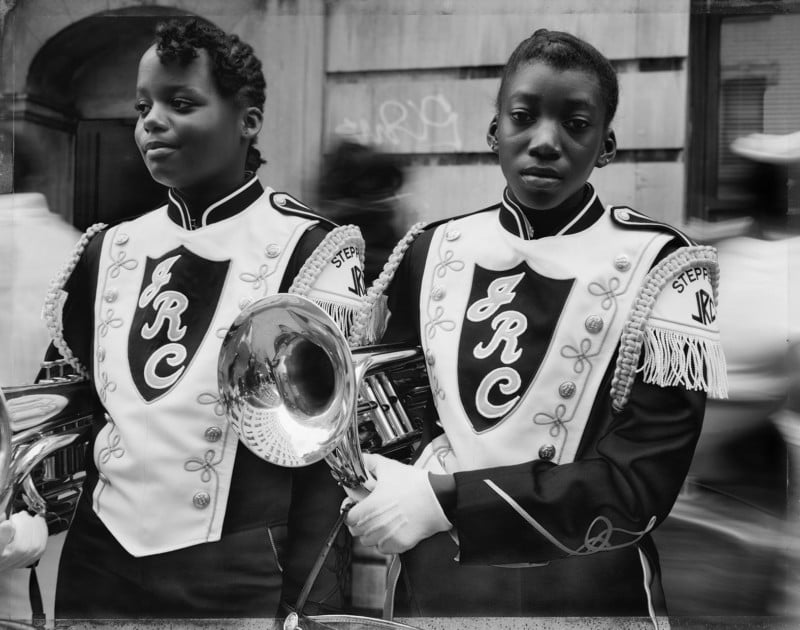
Can I make a picture with you?* — Dawoud Bey
*The photographer Dawoud Bey posed this question to passersby in Black communities across America countless times from 1988 to 1991.
Ed. Note: Bey does not ask “Can I take your picture?” which is often used for permission, but rather “Can I MAKE a picture with you?” which shows that the photographer wants to collaborate with the subject, a very laudable motive.
To see an archive of past issues of Great Reads in Photography, click here.
We welcome comments as well as suggestions. As we cannot possibly cover each and every source, if you see something interesting in your reading or local newspaper anywhere in the world, kindly forward the link to us here. ALL messages will be personally acknowledged.
About the author: Phil Mistry is a photographer and teacher based in Atlanta, GA. He started one of the first digital camera classes in New York City at The International Center of Photography in the 90s. He was the director and teacher for Sony/Popular Photography magazine’s Digital Days Workshops. You can reach him via email here.
Image credits: All photographs as credited and used with permission from the photographers or agencies.